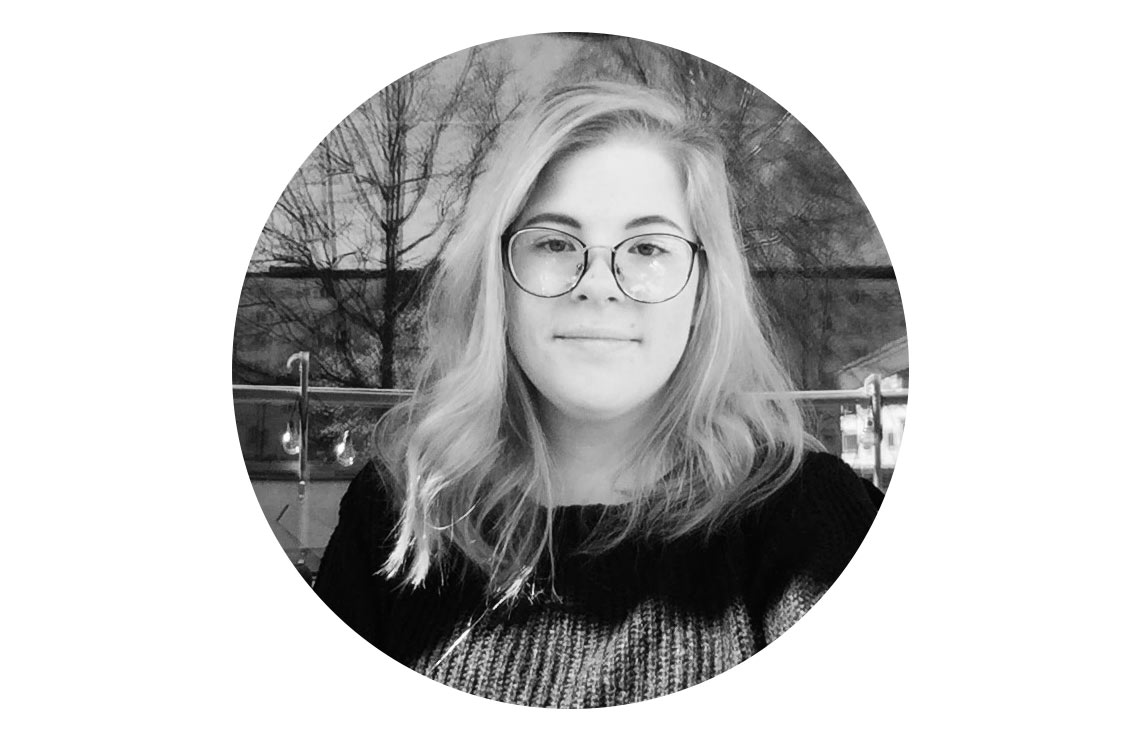
Amy Webb and her Future Today Institute team has helped Schibsted isolate six trends that the company needs to lean into. Photo: Emil Wesolowski
“Uncertainty is like driving on an ice patch”
How do you face the uncertainties of the future without a crystal ball? You analyse data and you prepare as best as you can. In the Horizon project, Schibsted is doing just this together with the Future Today Institute and its founder Amy Webb.
The Horizon corporate strategy project was created with the purpose of creating a common understanding of mega-trends shaping Schibsted future in five to ten years and rehearsing multiple futures through plausible scenarios. The project was created by Schibsted together with Tinius Trust/Blommenholm Industrier and the Future Today Institute, to make Schibsted better equipped to succeed – regardless of how the future develops.
Futurist Amy Webb and her team at Future Today Institute have worked closely with Schibsted’s Anders Grimstad and Zuzanna Zyglado-Stenberg to create a plan for whatever the future may hold.
Webb explains this work as looking for signal data early, thinking about what that might mean and starting to model alternative futures that describe next-order actions.
Slowing down the process of change
“There’s an analogy that I like to use to describe what this process is like. I’m originally from Chicago in the United States, where there is a ton of snow, lots of ice, lots of wind – it gets very, very cold”, Webb says, something her hometown has in common with the Nordics.
In both places, anyone with a drivers license needs to learn to drive on ice. She says this moment that we’re living through, with uncertainties in business, regulations, environment and regarding the pandemic, is very much like being in a car sliding around on ice.
“When you’re driving, and you’re hitting an icy patch, at that point, your limbic system starts to take over. You get really nervous and you start a lot of super-fast, haphazard decisions.”
She explains that your brain believes that if you slam your foot on the break right then, the car will stop. But that’s not the case. Slamming your foot on the break will just cause greater problems. So what do you do instead?
“You’re supposed to steer your car into the direction that you’re sliding. That feels wrong in the moment, but as you know, if you keep your eyes on the road further ahead, what steering into the slide does is it slows down the process of change.”
That’s what we should be doing right now, in business as well, even though it feels wrong, she says. We should be leaning into uncertainty.
“I think it’s all about recognising those uncertainties but also exploring the white space. Where are all the possibilities for Schibsted to grow in ways that you just haven’t thought of before?”
Created clusters of trends
Starting this project, the Schibsted team, together with FTI, created baseline futures based on interviews with the top stakeholders and leaders. Ironing out where they agree and where they disagree on what the world will look like in five to ten years allows them to see where our uncertainties lie. From there, FTI was able to look into their data to see which trends coincide with Schibsted’s interests (look into the six overarching trends here).
With trend clusters in place, FTI is now ready to create future scenarios, being the next milestone in the Horizon project. A key thing to bear in mind when looking into the future, though, is that it’s not as far away as you might think. Preparing for tomorrow means acting now, creating a plan for next year with a ten-year perspective, or even six months ahead, but always with a long-term perspective in mind..
“There’s already a case where Schibsted saw the challenges of the future and acted in time to change and grow”, says project co-lead Zuzanna Zygadlo-Stenberg, referring to establishing online classified at the beginning of 2000s with Finn.no. At the time, Schibsted was a media company faced with the uncertainty of what what the future promise of the internet might hold.
“We managed to adapt, build marketplaces and take a position in a new space and become profitable. Understanding the great forces, how to use them to our advantage and create growth”, Zygadlo-Stenberg concludes.

Camilla Buch
Advisor Editorial Content
Years in Schibsted: 1.5